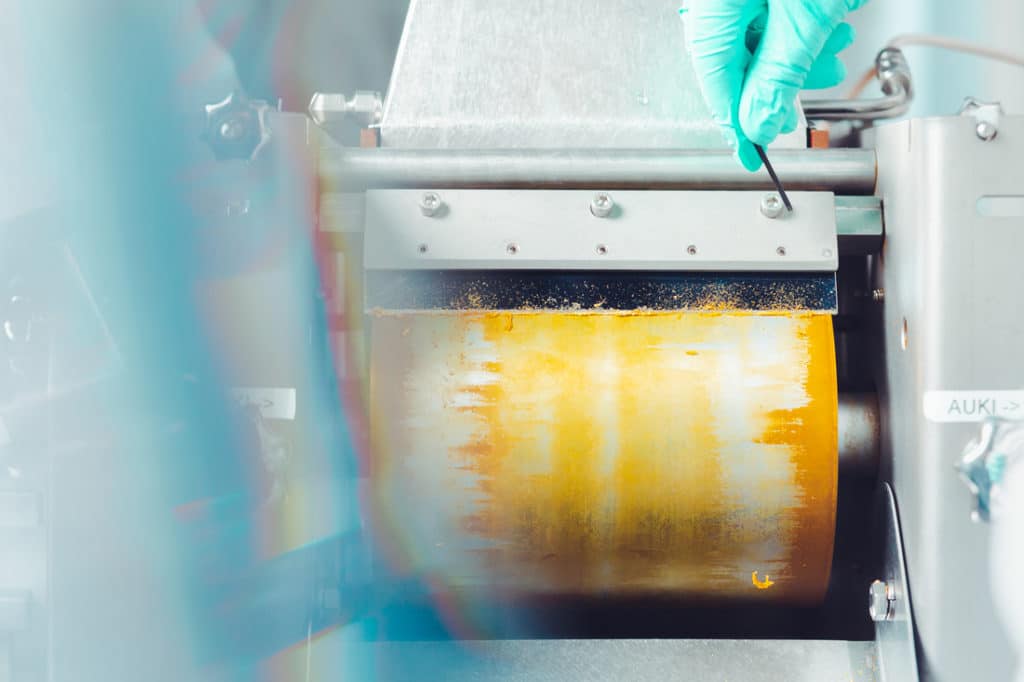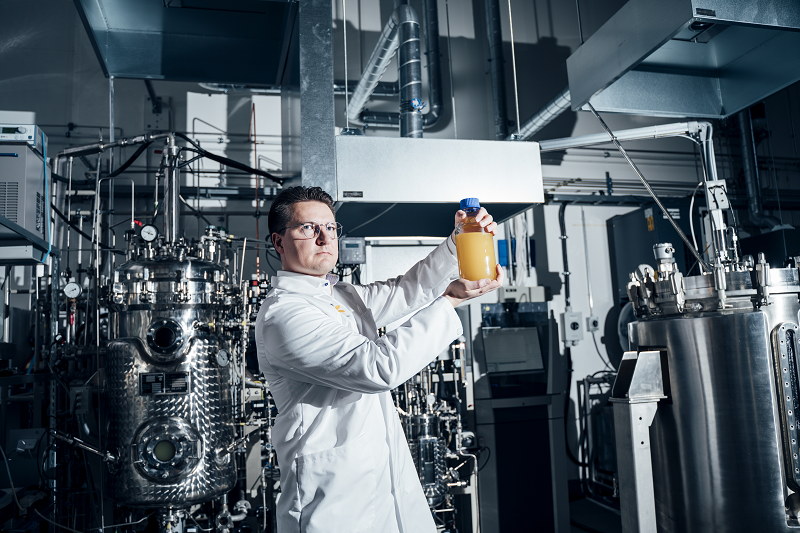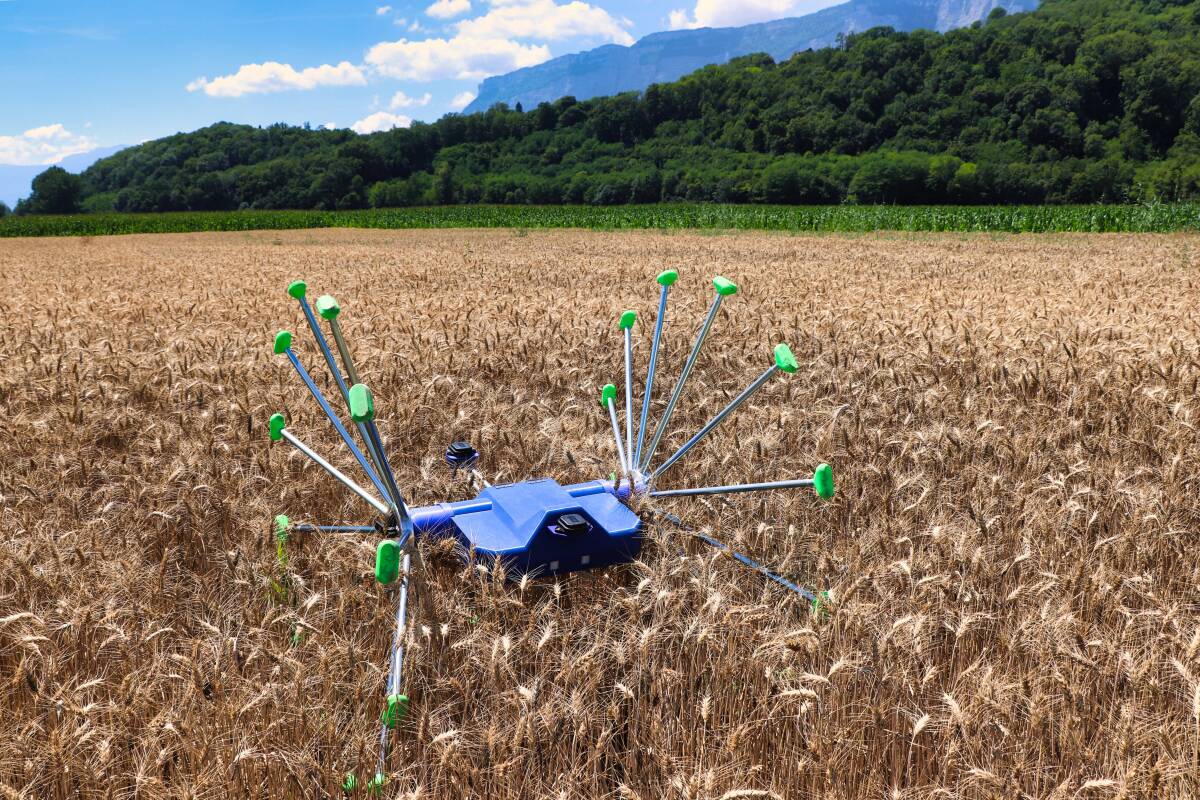Innovations of the week
California Institute of Technology
![]()
:extract_focal()/https%3A%2F%2Fcdn.arstechnica.net%2Fwp-content%2Fuploads%2F2023%2F01%2FIMG_7554-800x600.png)
Researchers have been working on developing technology for space-based solar power and are ready to test it in space. Space-based solar power is a concept for collecting solar energy in space and converting it into electricity that can be used on Earth. It has the potential to provide a virtually limitless supply of clean, renewable energy, as the satellites that collect solar energy can be placed in orbit where they can receive continuous sunlight. Methods for transmitting electricity generated by these systems back to Earth include microwaves or lasers through the atmosphere and wires or cables directly from the system.
Solein by Solar Foods


Solar Foods makes food out of thin air. They developed a process for producing protein using electricity, water, and carbon dioxide. The protein, called Solein, is made by feeding these ingredients to microorganisms, which then produce the protein through a fermentation process. Solein is a plant-based protein that can be used as a dietary supplement or as an ingredient in food products. It is considered to be sustainable and environmentally friendly, as it can be produced using renewable energy sources and does not require the use of arable land or water for agriculture.
https://solarfoods.com/solein/
Dalan animal health

A bee vaccine. The US federal government has granted a license for a honeybee vaccine. A bee vaccine is a type of vaccine that is used to protect bees against parasites and viruses. The vaccine can be administered in various ways, such as by feeding, injection, or topically applying the vaccine to the bees. The vaccine contains some of the bacteria, and it will be mixed in with the royal jelly, which worker bees secrete from their heads and then feed to the queen and larvae. When the queen eats the jelly, she will ingest fragments of the vaccine that will grant her offspring some immunity against the bacteria.
SentV by Meropy

SentiV is a agricultural robot designed to check crops for problems in the field autonomously, it moves on framless wheels which helps it manage rough and uneven terrain, and to minimize damage to crops as it moves. The user marks the perimeter coordinates of the field on a computer dashboard and SentiV uses its onboard navigation module to navigate the field. It uses two cameras to image the plants and process them using AI-based algorithms to detect problems such as weeds, diseases, pest damage. It can also notify when more fertilizer or water is required for the plants current stage of growth. The robot can cover up to 20 hectares per day.
https://meropy.com/en/robot.html
Project Aden

Project Eaden, a food technology company, is working to launch a different kind of plant-based steak this year. The main issue with current plant-based steak is the lack of true texture. To fix this the company utilizes bio-fibers, the fundamental components of plants and animals, as the core of its technology to produce plant-based protein fibers that imitate the texture and look of animal meat. These fibers are wound around spools, then feed into a machine that bundles them together to form the final product. This fiber technology is believed to be more cost-efficient and scalable compared to other ways of producing alternative proteins and also can be used to make fish and seafood.
China's Northwestern Polytechnical University
Researchers have developed a method that uses high-energy laser beams to keep drones in the air indefinitely. The team fitted a drone with a photoelectric conversion module that converts light energy into electricity, allowing for a high-energy laser beam to be trained on the drone to charge it remotely. They have successfully carried out field tests, indoors and outdoors day and night. They used a tracking algorithm and adaptive beam-shaping technology. Potential applications include disaster relief or home security. Still, the system's range and photoelectric conversion efficiency have not been revealed, and the cost and safety of maintaining a fleet of laser-charged drones remain uncertain.
